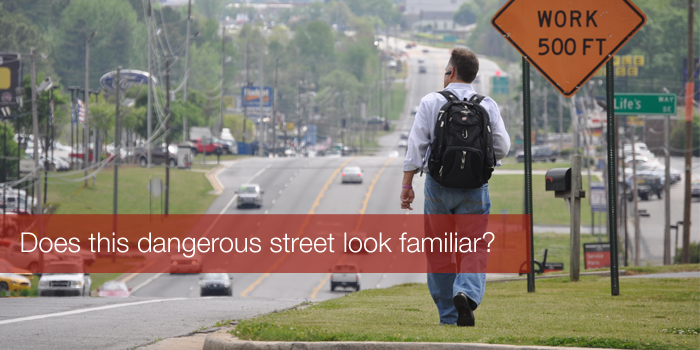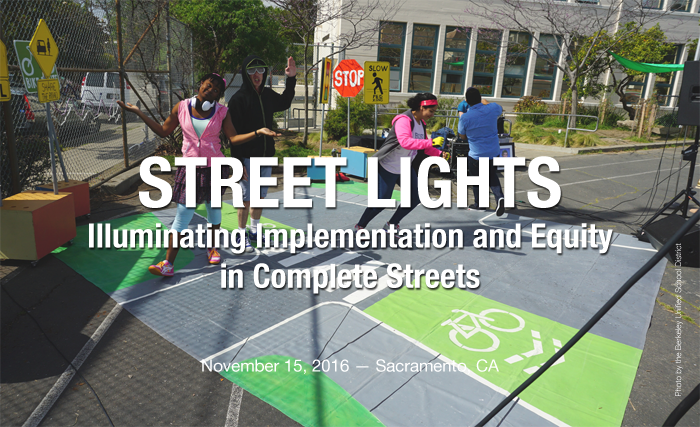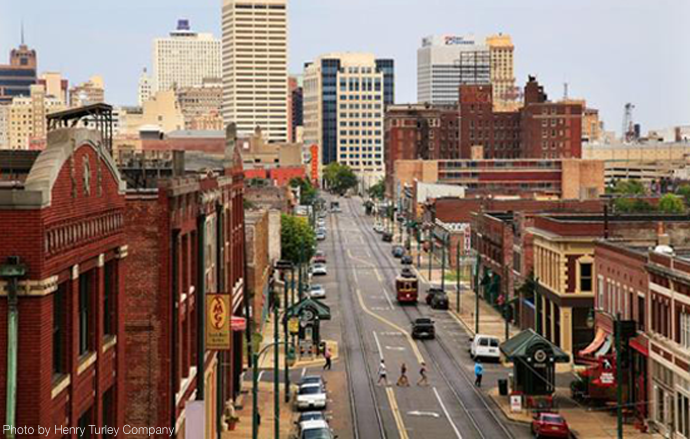
Read
Join us on November 15 in Sacramento — The Street Lights: Illuminating Implementation and Equity in Complete Streets conference is just around the corner. As we deep dive into all aspects of Complete Streets, will you be a part of the conversation? Register today.
Taking place on November 15, 2016 in Sacramento, CA, Street Lights will be a chance for transportation planners and engineers, community, equity, and health advocates, local officials, and Complete Streets practitioners to share ideas, brainstorm solutions, and celebrate the success of the Complete Streets movement nationwide. Planning on attending from out of town? There are a limited number of discounted rooms reserved at the Citizen Hotel, Autograph Collection. The room block closes on October 15.



